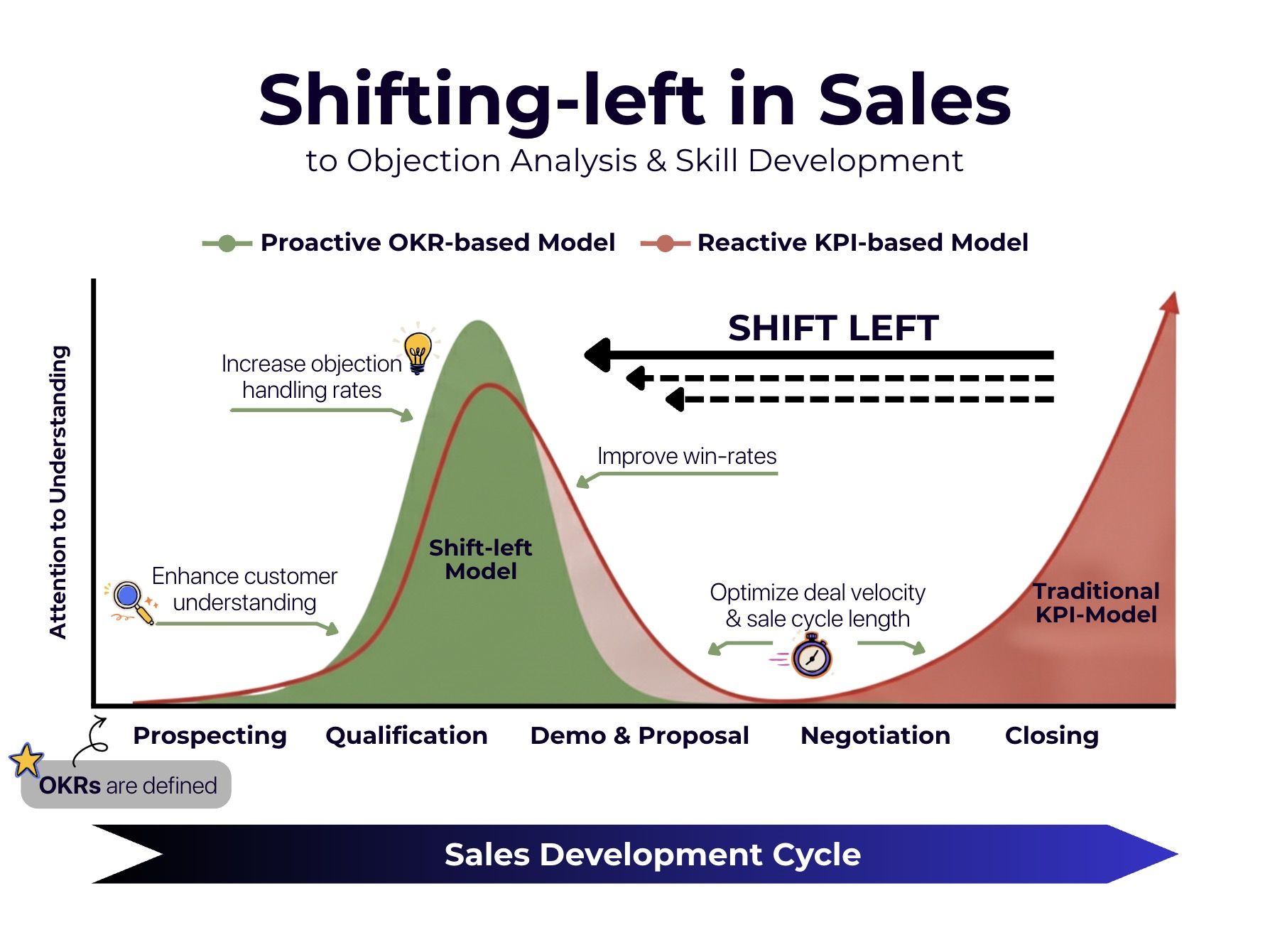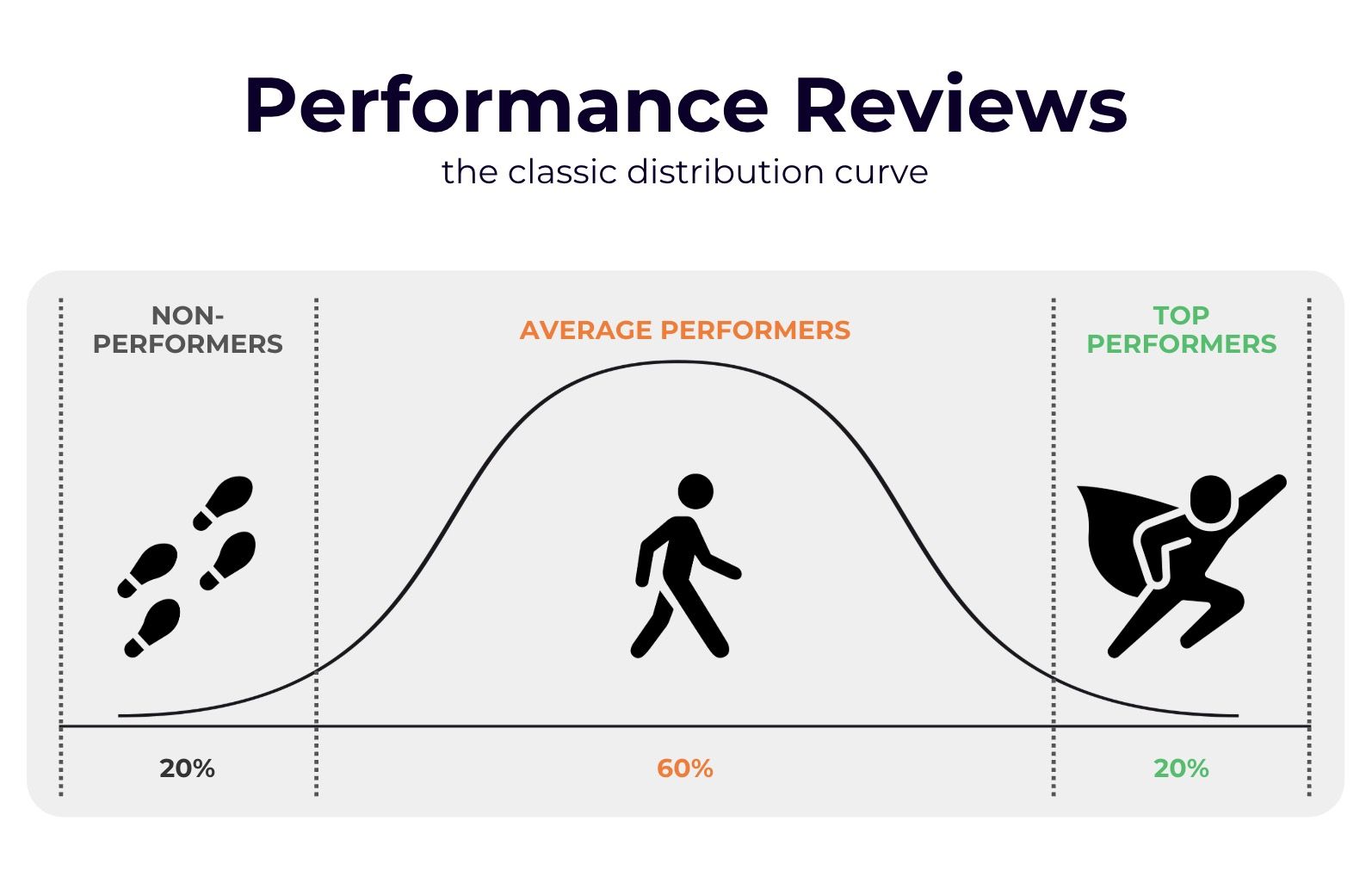How often have you heard the sales wisdom passed down for decades?
"It's a numbers game. Just make more calls."
"Overcome objections at all costs."
For years, sales performance has been defined by a single metric: volume. The logic was simple: the more you do, the more you close.
But a high volume of objections isn't a sign of hard work—it’s a signal that your strategy is broken. Hearing "it's too expensive" over and over again isn't just a hurdle; it's a clear indicator of a systemic problem in your sales approach.
In today’s market, velocity is the only thing that matters.
Your ability to address a prospect's concern quickly and confidently is what separates a healthy pipeline from one that's stalled.
The problem is, most sales organizations are still aggressively tracking traditional KPIs that only measure volume. These are lagging indicators. They tell you what has already happened, but they offer no insight into why it happened or how to fix it for the future. They focus on the results while completely missing the story.
This is a deeply misleading approach to management. By relying on these output-based metrics alone, we fail to see the full picture of a rep's performance and, most importantly, we miss the opportunity to develop the skills that truly matter.
Why Mastering Objections Matters:



